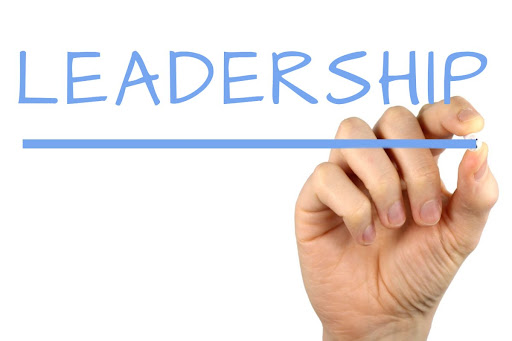Picking the right puppy is a big decision for any family, as the choice you make will be with you for many years. When selecting a puppy, it’s important to consider a variety of factors. Here are few tips to get you started on your puppy research.
Right Age?
First and foremost, it’s important to choose a puppy that is the right age for your family. Puppies require a lot of attention and training. Very young children may not be equipped to handle the responsibilities of caring for a young puppy. It’s generally recommended that children be at least 6-8 years old before bringing a puppy into the home.
Dog Breed
When it comes to selecting a dog breed, there are many factors to consider. Some breeds are better suited to families with children than others. Dogs have different temperaments, sizes, and energy levels. For example, breeds such as Labrador Retrievers and Beagles are known for being friendly, loyal, and good with children.
On the other hand, breeds such as Chihuahuas and Dalmatians may not be as well-suited for families with young children. These breeds high energy might not be a good fit for young family members.
It’s also important to consider the energy level of the breed. Some breeds, such as Border Collies and Australian Shepherds, require a lot of exercise and mental stimulation. While others, such as Bulldogs and Basset Hounds, are more laid-back and don’t need as much activity.
Another important consideration is the size of the dog. Larger breeds may not be suitable for families with small children. These dogs may accidentally knock kids over or be too rough playing. Smaller breeds, on the other hand, may be more fragile and may not be as well-suited for active families.
Allergies
When selecting a puppy, it’s also important to consider any allergies or sensitivities that family members may have. Breeds that shed less, such as Poodles and Bichon Frises, may be better suited for families with allergies. There are many versions of “doodle” dog breeds that have poodle DNA to help with the shedding too.
Plus, don’t forget about checking with your local dog shelter, for your next furry friend either. All great companions can come from many different places. You save a life when you rescue any animal.
Ultimately, the most important factor when selecting a puppy is to choose a dog that is a good match for your family. Your lifestyle and other factors play into keeping and caring for a pet for many years.
Take the time to research different breeds. Also visit with potential puppies to get a sense of their temperament and energy level. With careful consideration and planning, you can find the perfect puppy to become a beloved member of your family.
For more lifestyle tips check out my website: KathyHusserTempe.com




